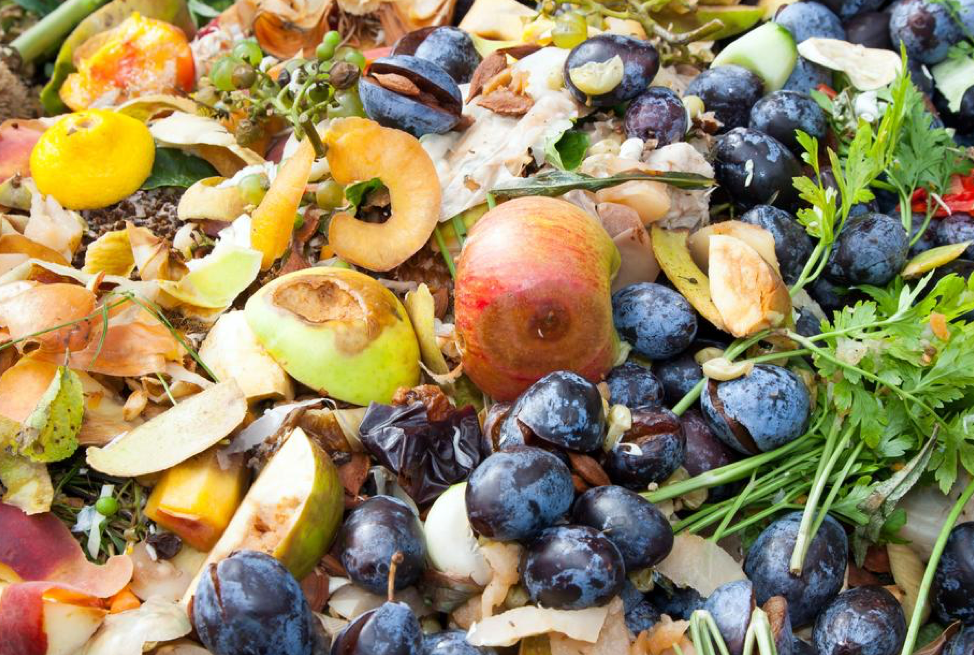Six Ways to Reduce Food Waste in the Restaurant Supply Chain
4 Min Read By David Madden
Around one third of all the food harvested and produced across the globe goes to waste. That’s a pretty sobering statistic, especially with so many people going hungry around the world.
But new technological innovations are helping companies curb food waste so that they can increase their bottom line and put food to good use before it ends up in the local landfill. From smart thermostats to supply chain analytics, new startups and venture capitalists are focusing on one of the world’s biggest problems.
Here are just some of the ways the food industry is reducing food waste:
Big Data and Food Waste Analytics
Every food product has an expiration date. With new food analytics software, companies can monitor the freshness of their products based on the information they put into the system. The software will alert supply chain managers when some of their products are going bad, so they can find other uses for them and avoid tossing them in the trash.
The software also keeps tabs on how much food a company throws away. Based on this information, the company can use the software to find ways to reduce this waste, whether it’s plucking the apple from the tree several hours later or changing the product’s storage conditions. Keeping a record of all this food waste helps supply chain managers make more informed decisions when moving their products around the country or across the globe.
Donations
With food waste analytics tools at their disposal, business owners can spot food that’s going to be wasted before it goes bad. If a company sees that some of its products are going bad before they have a chance to sell them to consumers, they can arrange for a food donation to a local food bank or homeless shelter.
Without these analytics tools, many companies may not have the means to facilitate these kinds of donations until the food has already spoiled. But if the supply chain manager knows that the company’s products are going to expire in the next couple of days, they can pass these items along to people who really need them instead of just dumping them in the trash.
Smart Packaging
A lack of temperature control is one of the biggest reasons so much food goes to waste across the globe. While companies have been investing in temperature-controlled packaging as a way of making sure produce and other refrigerated items don’t spoil in transit, there’s always a chance that the delivery truck could get stuck in traffic or the delivery person could leave the door open just a little too long. When the truck eventually arrives at its destination, much of the temperature-sensitive food has already gone to waste.
But with what’s known as smart packaging, every temperature-sensitive item or reusable crate will come with a smart thermostat that can communicate the temperature of the product in real time. Business owners and supply chain managers can keep tabs on the temperature of their items to make sure they don’t spoil and go to waste. But this also means retailers don’t have to second-guess themselves when it comes to making sure the food is fresh. Around 90 percent of food is thrown away too soon. Instead of throwing items away prematurely, store owners can have a record of the product’s temperature throughout its journey to the consumer.
Biotech for Preserving Produce
New startups like Apeel Sciences and Hazel Technologies are finding ways to delay the expiration date of some produce items. Apeel has gained a lot of recognition in the marketplace — and over a hundred million dollars in funding — for its invisible produce coating that slows down the rate of water evaporation, which makes produce go bad in the first place, while still allowing for a natural exchange of gases, which produces the product’s flavor. This coating is completely edible, so consumers may pick up a coated apple that’s survived long past its original expiration date without even realizing it.
Hazel Technologies is taking a different approach to the problem. They’ve created a small packet that sits in food grade containers during their journey along the supply chain. The packet omits a vapor that delays the produce degrading process, so fruits and vegetables will stay ripe long after they reach the shelf.
In-Depth Product Imagery
Until now, the food industry had two ways of seeing whether a piece of produce was still ripe: cutting it open or squishing it. Both options will likely ruin the produce and prevent the company from selling it to the public, which makes this process self-defeating. But new product imaging techniques are changing this catch-22. New startup innovations can examine the ripeness of a product without even touching it, so the product will still be intact. Companies can also use these imaging devices to monitor the freshness of their products throughout the supply chain, so they can prioritize certain products and get them on the shelf as soon as possible.
General Supply Chain Analytics
The more a company understands about its supply chain, the more it can do to prevent food waste. With supply chain analytics, companies can monitor supply and demand trends, so they’ll know when to move their products and where. Instead of keeping an abundance of food in inventory in case of a surge in demand, supply chain managers can respond to changes in demand in real time, so they can send their shipments to the places where they’re needed most. Keeping the supply chain agile and flexible helps companies stay on their toes as consumers adjust their buying habits.
Take The Initial Step Toward Food Waste Reduction
Food waste remains a sizeable concern across the world. If the food industry is going to curb its wasteful practices, companies large and small will need to make use of these new technological trends. From keeping foods fresh as long as possible to keeping up with changing consumer demand, these devices and supply chain management techniques help companies make more informed business decisions as they move their products from the field to consumers.


